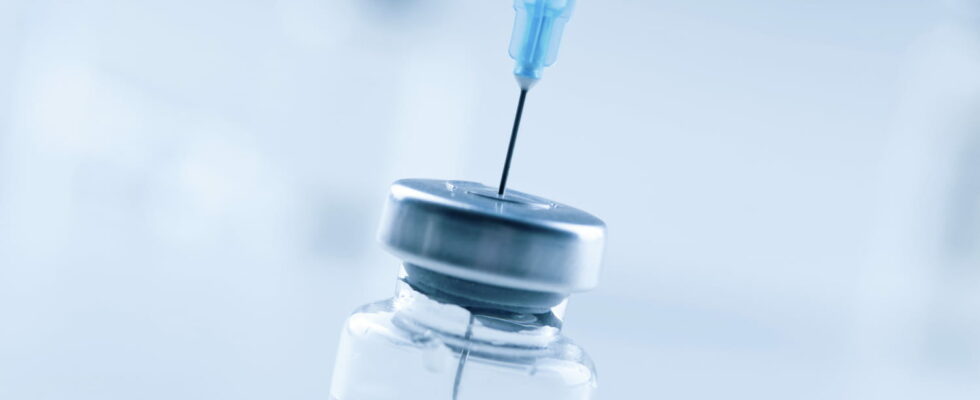The Pentacoq® vaccine, which was a mandatory vaccine until 2005, has since been withdrawn from the market. What was this vaccine for? When was it taken off the market? What were its side effects? What has it been replaced by? The answers.
What is the Pentacoq® vaccine?
The Pentacoq® vaccine (Sanofi-Pasteur laboratory) was a pentavalent vaccine intended to protect infants and young children from pertussis, diphtheria, tetanus, poliomyelitis and Haemophilus influenzae type b infections (bacterium responsible in particular for meningitis in infants and children). It could be administered from the age of 2 months.
When was it taken off the market and why?
The Pentacoq® vaccine has definitely been withdrawn from the market on December 22, 2005 by the Sanofi Pasteur MSD laboratory following supply tensions, initially linked to the increase in global demand as well as insufficient vaccine protection observed in certain batches following quality controls.
What were its side effects?
The adverse effects of the Pentacoq® vaccine were similar to those caused by other vaccines of the same type. Among the most common effects have been observed pain and redness at the injection site with possible edema (transient effects), fever or even unusual crying within 24 to 48 hours of injection. More rarely, may have manifested allergies Of type rash, hives even exceptionally a angioedema or anaphylactic shock. Much more rarely, decreases in tone and reactivity, a persistent cry syndrome, convulsions with or without fever or even neurological disorders have been identified.
What has it been replaced by?
Following its withdrawal from the market, the Pentacoq® vaccine from Sanofi-Pasteur has now been replaced by the Pentavac® vaccine marketed by the same laboratory. Pentavac® helps prevent the same infections: diphtheria, whooping cough, tetanus, poliomyelitis and Haemophilus influenzae type b. He administers himself from the age of 2 months, according to the following vaccination schedule: two injections at 2 months and 4 months, followed by a booster dose at 11 months. Infanrixquinta®, marketed by the GSK laboratoryis another pentavalent vaccine that protects infants and young children against these same infections.
